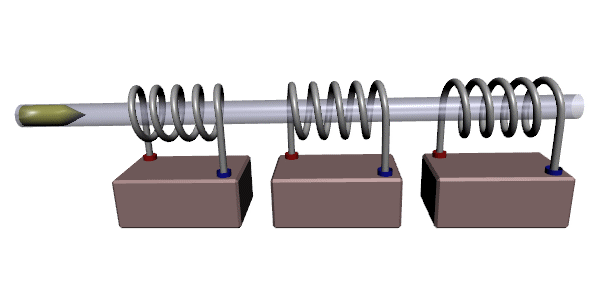I've got what feels like a very stupid question. I'm talking about solid states games, coils with a diode on the board (not on the coil). Particularly White Water. Particularly slingshots and bumpers. Not flippers.
What happens if you solder a coil backwards? By that, I mean soldering the wires to the wrong lugs.
My first thought was that the plunger would be pulled in the opposite direction, it'd clearly be wrong, and I'd need to reverse it back to how it was supposed to be. But now, I'm questioning if that's true.
I guess I'm wondering how coils work... I had been assuming that a force was applied in one direction through the coil. My thought experiment was putting a bare pop bumper plunger in a coil, and firing the coil. I hypothesized that the plunger would fire out of the coil like a little rail gun in one particular direction. Then I started wondering how AC coils work and figured my hypothesis must be wrong. My new hypothesis, I suppose, is that the plunger would be pulled to the center of the coil, so depending on where it was before firing, it could be pulled in either direction. Is that right?
Edit:
Answer to my question: All coils pull the plunger to the center of the coil. They only pull and cannot push. If the coil does not have a diode on the coil (i.e. the diode is on the board), it does not matter which way it's wired. Thanks everyone!
Post edited by mot: Answer to my questions



 Sharpsville, PA
Sharpsville, PA
 Sydney
Sydney
 Unknown City
Unknown City

